The Congo Rainforest
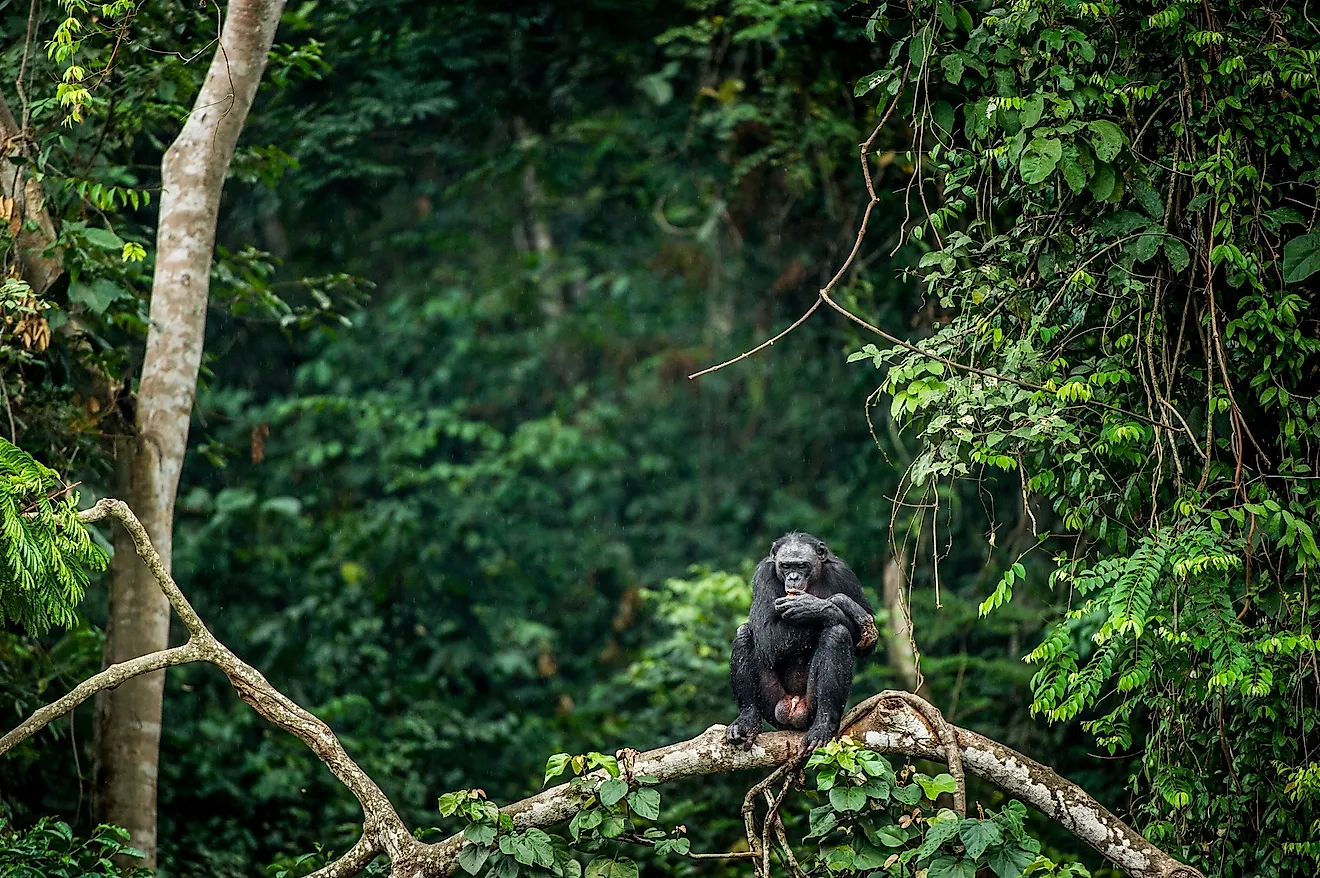
- The Congo Rainforest encompasses six African countries: Cameroon, Central African Republic, Republic of Congo, Democratic Republic of Congo (DRC), Equatorial Guinea, and Gabon.
- More than 150 ethnic groups have lived in the Congo rainforest area for over 50,000 years, with some relying on hunting and gathering for survival in the rainforest.
- Over the past 30 years, some of the biggest causes of deforestation in the Congo rainforest have been agriculture, mining, and urban expansion.
The Congo Basin, which has approximately 1.2 million square miles of primary rainforest, is home to the world's second-largest rainforest and is vital for regulating the world's climate. The Congo Rainforest makes up 18% of the world's remaining rainforest. Congo Basin forests soak up approximately 1.2 billion tonnes of carbon dioxide each year and store one-third more carbon over the same land area than the Amazon.
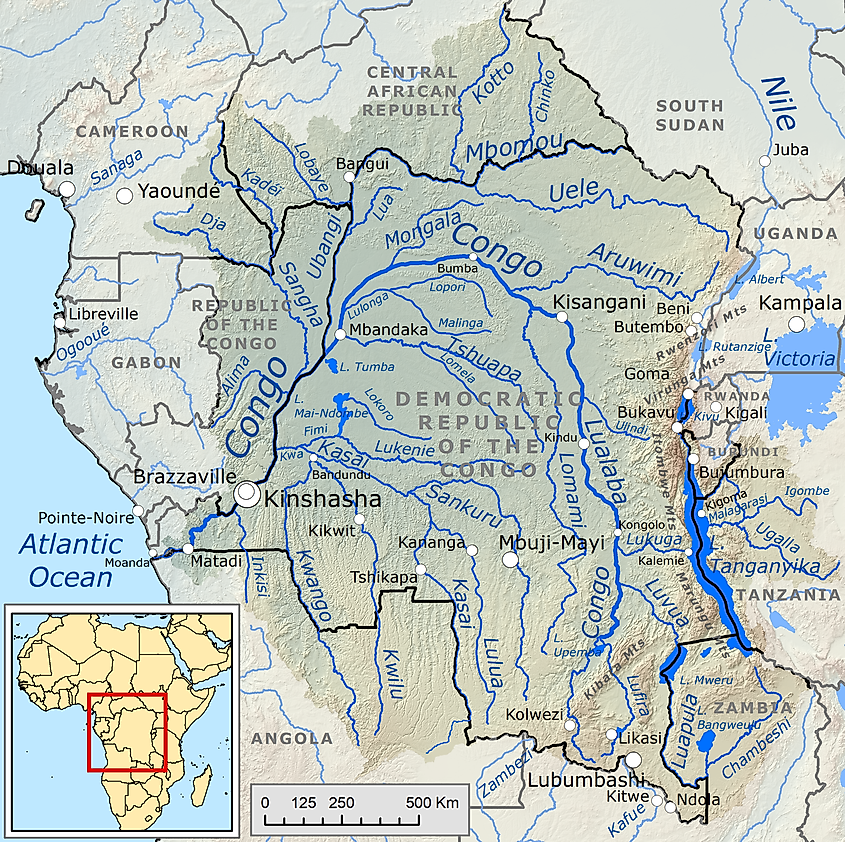
The Congo Rainforest encompasses six African countries: Cameroon, Central African Republic, Republic of Congo, Democratic Republic of Congo (DRC), Equatorial Guinea, and Gabon. DRC has the largest rainforest area, with over 264 million acres, roughly 60% of Central Africa's lowland forest cover. Approximately two-thirds of the Congo Rainforest is in the DRC.
Contents:
Climate
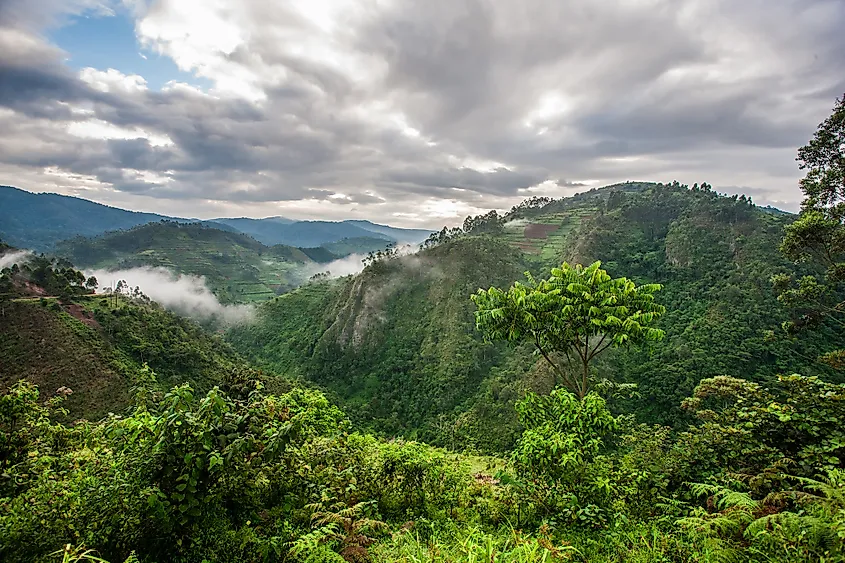
The Congo Rainforest has a tropical climate year-round, with heavy precipitation and high humidity and temperatures. The dry season in areas above the equator runs from November through March and the rainy season extends from April through October. It is the reverse in the southern region. The rainforest receives copious amounts of precipitation each year, averaging 48 to 80 inches annually. Average temperatures are relatively stable, with only slight fluctuations each season. Temperatures can range from the high 60s and low 80s F but can also reach a low around the mid-50s F due to the cooling effect of the Benguela Current in the south. Daytime and nighttime temperatures can differ by as much as 27 F.
While the Congo Rainforest receives adequate levels of rainfall during the wet seasons, recent research has shown that the summer dry season is growing longer. The dry season has begun earlier, stretching roughly 10 days per decade, and has ended later. This delay can postpone the start of the upcoming wet season, which can impede vegetation regrowth. Researchers found that if the dry season continues to lengthen, the forest's current vegetation could transition into species that are more tolerant of drought. For example, evergreen forests could turn into ecosystems such as savannas or woody grasslands.
Plants And Wildlife
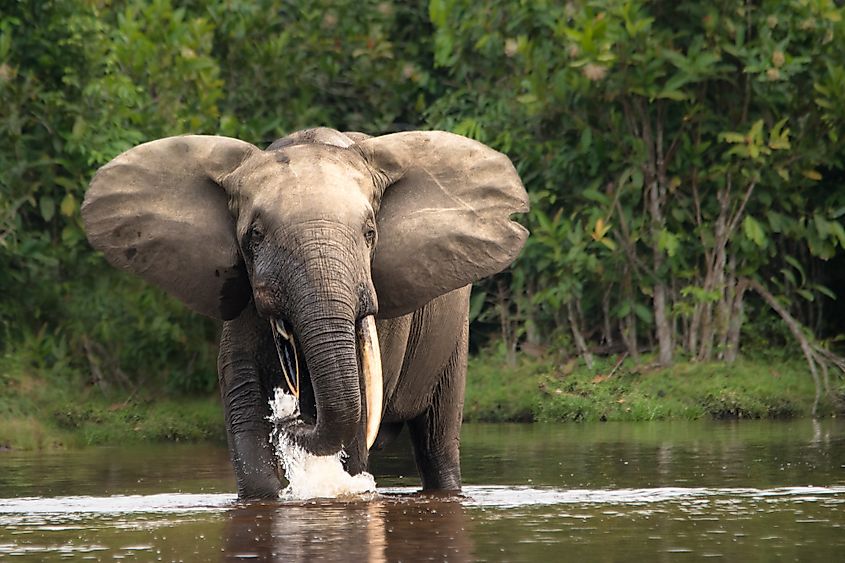
The Congo Basin is one of the most biodiverse regions globally and houses approximately 10,000 tropical plants, 30% unique to the region. There are also 400 species of mammals, over 600 tree species, 10,000 animal species, 1,000 bird species, and 700 fish species, including endangered wildlife such as forest elephants, chimpanzees, and bonobos.
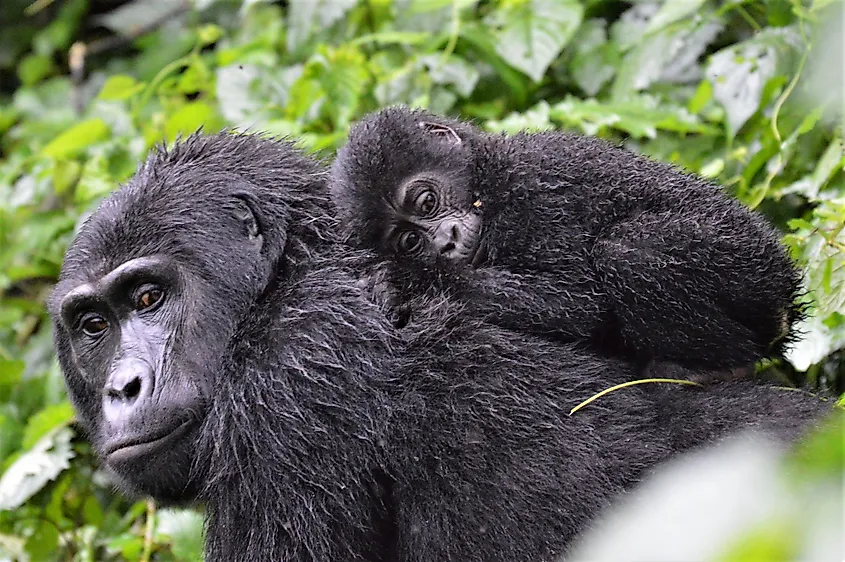
Researchers have found that Central African forests have a lower density of smaller trees compared to the Amazon or Borneo forests. This characteristic is due to elephants and other large herbivores preying on the smaller trees, thus keeping their density low and reducing competition for the giant trees. However, in areas where animal populations have plummeted due to hunting, forests tend to be denser with smaller trees.
Protected Areas
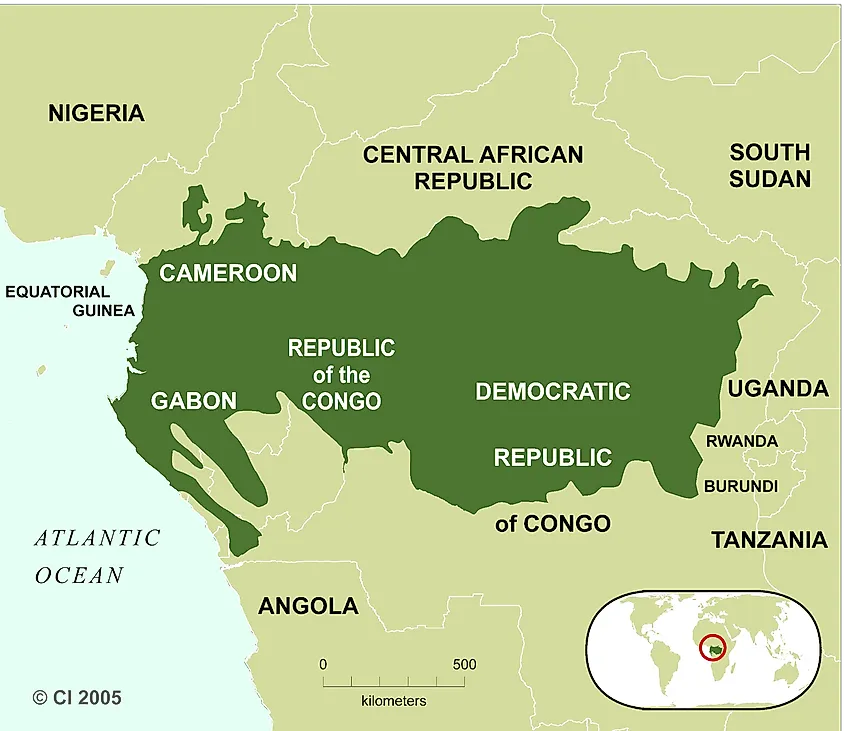
The forests in the DRC, particularly in the eastern region, have high levels of biodiversity. Forests cover roughly 45% of the county, and more than 8% are protected. However, the government has said it plans to expand the conservation areas to 10 to 15% of the country.
Nouabale-Ndoki in the DRC, Lobeke National Park in Cameroon, and Dzanga-Ndoki National Park in the Central African Republic create a large protected area of lowland rainforest, and almost 16% of the Congo's land area is protected in some form. The Central African Republic has roughly 16.6% of its land under protection, and Equatorial Guinea is 16.8% protected.
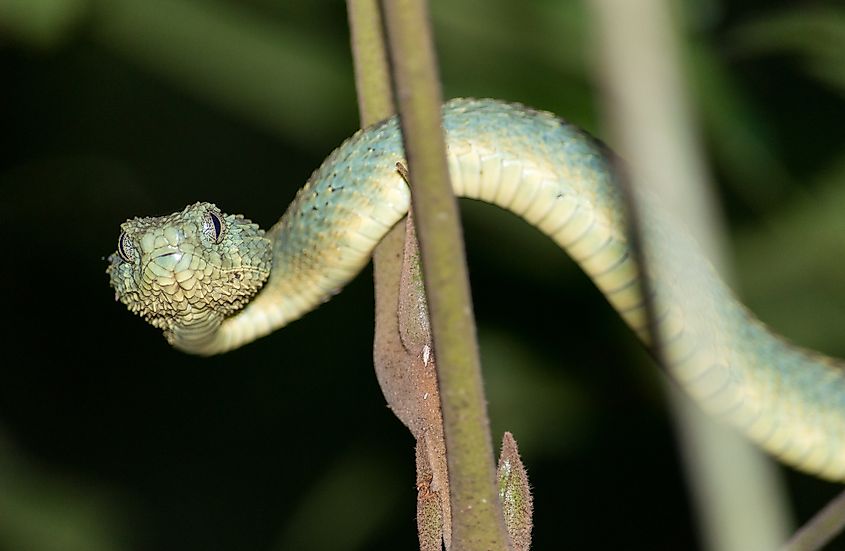
There is a national park system consisting of 13 parks covering 10% of the country's landmass in Gabon. Previously, less than 1% of Gabon was protected. Cameroon has several protected areas such as the Campo Maian National Park, Dja Reserve, Lobeke National Park, Waza National Park, and Korup National Park.
People
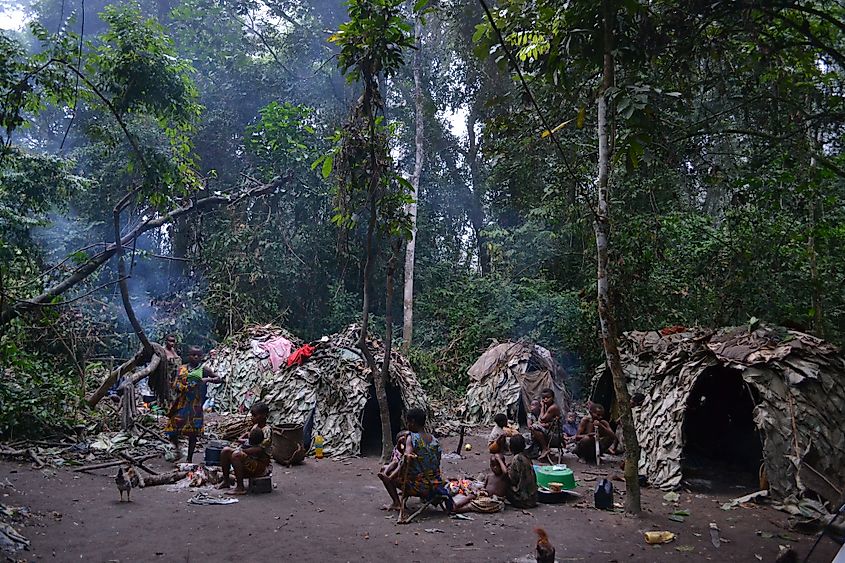
More than 150 ethnic groups have lived in the Congo rainforest area for over 50,000 years, with some relying on hunting and gathering for survival in the rainforest. These ethnic groups include the Mbuti, the Aka, the Ba'Aka, the Twa, and the Efe. The rainforest provides food, water, medicine, shelter, and materials to over 75 million residents. However, the livelihood of the rainforest's inhabitants is under threat due to factors such as logging, deforestation, and poaching. These issues can lead to vanishing food sources. Many people who live in the Congo Basin heavily depend on the forest for their livelihood and for gathering raw materials.
Threats
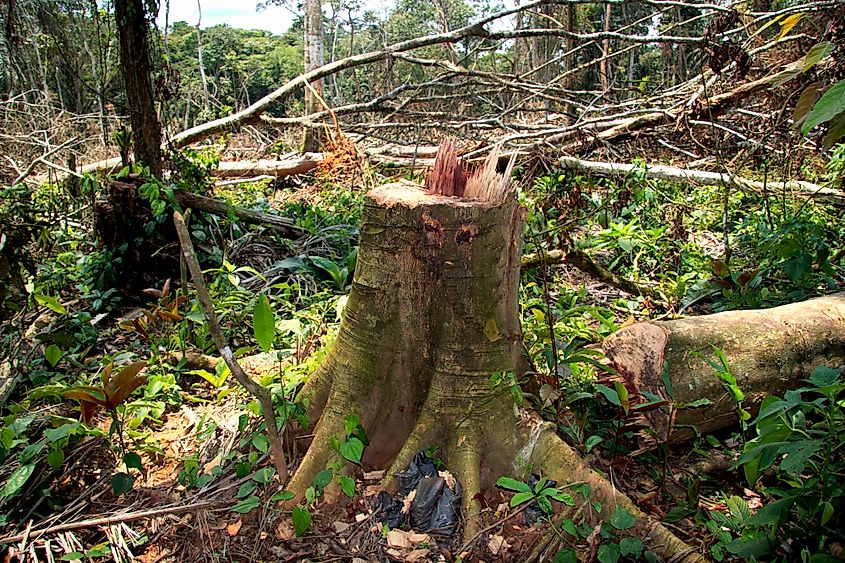
While the deforestation rate in Central Africa between 1990 to 2010 was the lowest of any primary forest globally, there was an uptick during the 2010s with industrial logging expansions and large-scale agriculture conversion. Over the past 30 years, some of the biggest causes of deforestation in the Congo rainforest have been agriculture, mining, and urban expansion. In addition, the increase in logging has opened up many areas of the Congo to commercial hunting, which has increased access to remote areas of the forest, leading to a severe poaching problem. Some areas have seen a drop of over 60% in the forest's elephant population in less than 10 years.
In the future, the most significant threats to the rainforest would be industrial plantations, particularly palm oil, rubber, and sugar production. It is currently estimated that 30% of the Congo rainforest will have disappeared by 2030. Data from the United Nations Food and Agriculture Organization (FAO) found that Central Africa lost over 22 million acres of rainforest due to deforestation between 1990 to 2000.
Climate change is reducing the rainforest's ability to absorb carbon dioxide. A study that examined over 130,000 trees in 11 African countries found that the trees in the Congo Basin began to lose their ability to absorb carbon dioxide as early as 2010.
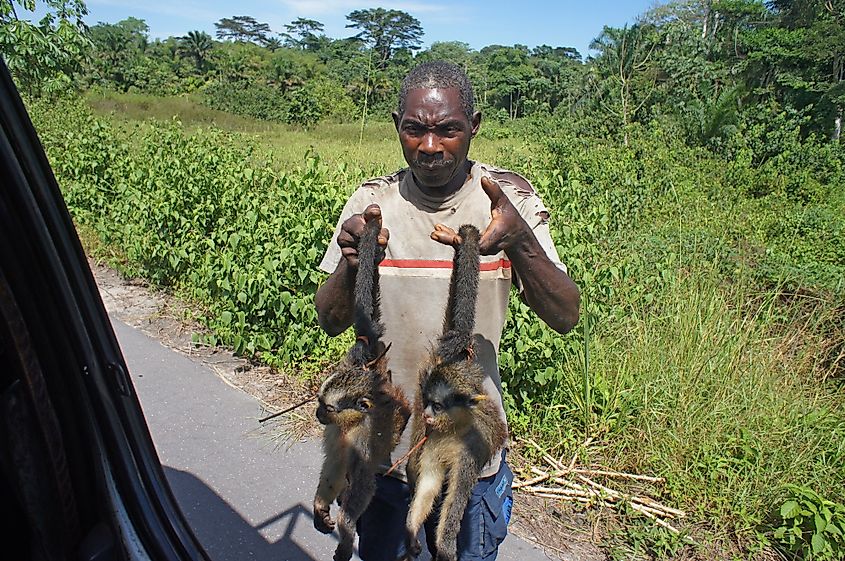
The unsustainable hunting of wildlife for the commercial bushmeat market in the Congo Basin is a threat to many local species. The commercial bushmeat trade is one of the leading causes of wildlife loss in the Congo Basin. In the DRC alone, over a million tonnes of bushmeat are consumed each year. This business is lucrative, putting several species at risk, such as monkeys, antelopes, and gorillas. However, in remote areas of the forest, bushmeat is a primary source of income for families, therefore combating the trade presents a challenge.
Conservation
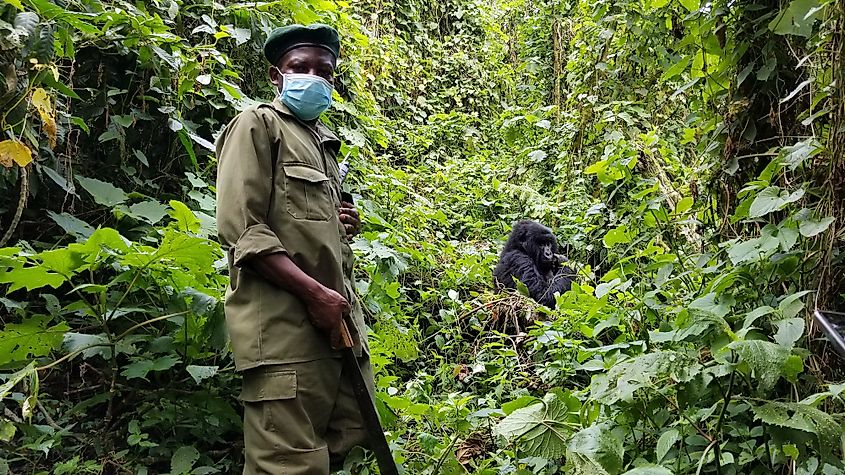
The Congo rainforest is an exceptionally ecologically significant location, filled with thousands of flora and fauna species that rely on it for food and shelter. There are several conservation efforts aimed at preserving the rainforest.
The WWF organized the Yaounde Summit in 1999 with six Congo Basin countries' heads of state to protect the Congo rainforest. This meeting led to creating the Yaounde Declaration, where countries promised to conserve the Congo rainforest. Within 10 years of the Yaounde Declaration, two large conservation areas covered more than 10% of the forest.
UNESCO has also been active in improving the conservation and management of natural World Heritage sites in the Congo Basin since 2000. It has two programs that aim to enhance protection in the area: Biodiversity Conservation in Regions of Armed Conflict: Protecting World Heritage in the Democratic Republic of the Congo and Central Africa World Heritage Forest Initiative (CAWHFI).
The Congo rainforest is located within the Congo Basin, one of the most biodiverse regions in the world. The rainforest is home to thousands of plant and animal species. It continuously faces threats such as climate change and logging, but several African countries are committed to conserving and protecting the rainforest.











